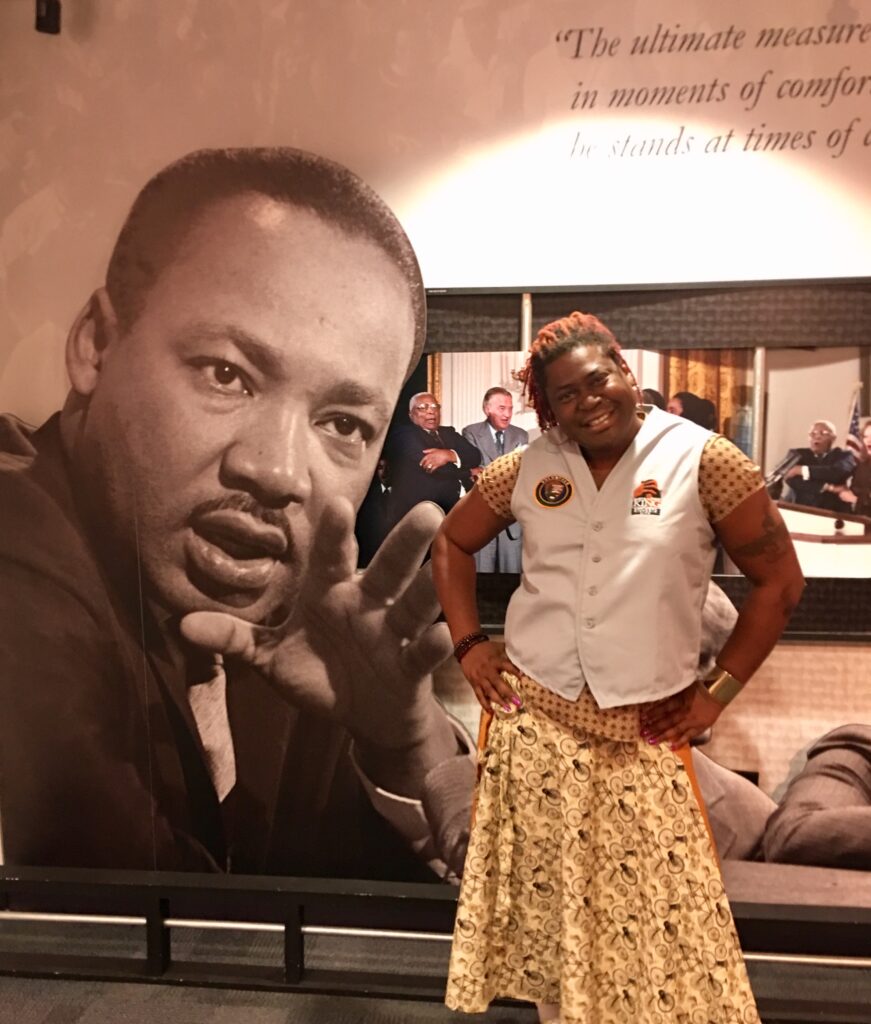A natural history museum is a place you go to increase your knowledge and understanding about the natural world. They are science museums or institutions that house well documented objects and specimens of all sorts collected for research or scholarly use… scientific inquiry rather than connoisseurship. Employing systematic processes for collecting, cataloging and displaying specimens such plants, fungi, animals, paleontology, geology ecosystems. Though not indicative of every natural history museum but many of them have planetariums and IMAX theatres that are both educational and entertaining. I just moved him to Fairbanks and visited the Museum of the North on my second day in town but that was only to learn about the archaeology lab. I haven’t had the chance you to see what’s all in the exhibit yet but I’m sure looking forward to it. If you have children and you looking for place where children can have an interactive active learning experience then children’s museum is where you want go. Some notable children’s museums are the Children’s Museum of Indianapolis and the Children’s Museum of Houston.
But say for some strange reason you’re stuck at home because of a global pandemic and cannot make it to your nearest natural history museum, you have the option of virtual museums. Virtual museums only exist on the internet. In cyberspace you are not afforded physical interaction with collections however you can explore and have some great experiences with museums all over the world. Attending museums virtually was a popular online dating activity during the pandemic. Many prominent museums opened themselves to free virtual tours such as the Louvre in Paris and the Vatican museums. Now that I’m checking out virtual museums, the Frida Kahlo Museum in Mexico City sounds very interesting to me.
Much different than a natural history museum is a history museum in that history museums home in on specific events, times and/or geographic regions often holding larger exhibitions that encompass more documentation. A few years ago, I had the honor of volunteering for the Dr. Martin Luther King Jr. National Historic Site in Atlanta, GA.
in Atlanta, GA. It took me several weeks to get through orientation and on the schedule however I became ill and had to abruptly quit my new volunteer job before moving back to Alaska. At least got to work one full 4-hour work shift at my all-time dream volunteer job. I signed my paperwork, got this great vest, was given a detailed tour of the whole district. I learned how to operate the movie equipment, showed a visitor where the restroom was, meet many staff and park rangers but most of all I learned a lot of fascinating history. The highlight of the day was swearing in three children who completed their workbooks while touring the museum to become Junior Park Rangers.
Have you ever volunteered or worked at a museum?

Hello MoHagani! Your post was very informative and cleared up many of my confusions about the different types of museums. I always tend to see Natural History Museums as almost like the theme park in the world of museums due to their vast diverse collections. I have yet to volunteer or worked at a museum but would love to in the near future.
This is a great story, and I’m so jealous! I’ve never worked at a museum, but I would love to either volunteer or work at one as I get closer to retirement. Seems like a great way to stay busy and incorporate what I love. I’m also absolutely stoked that there is a Frida Kahlo museum in Mexico, and I’m definitely visiting the site you provided, so thank you!
Great description of natural history museums, and a strong comparison to museums focusing on cultural heritage. For all the challenges that museums faced during the pandemic (the American Alliance of Museums predicted approximately 1/3 of all museums would close permanently following the shutdowns), it forced a great deal of innovation and creativity! New types of programming increased accessibility to people all over the globe – but we still have a huge digital divide, especially in Alaska. Internet accessibility in remote communities prevents people from connecting in meaningful ways despite all these innovations. Many of our curators and staff are interested in doing more to provide access to our collections and share the important research museum scientists are making every day – volunteering is such a wonderful way to get involved and learn from behind the scenes about how museums can contribute to society while improving the health and wellbeing of our communities.